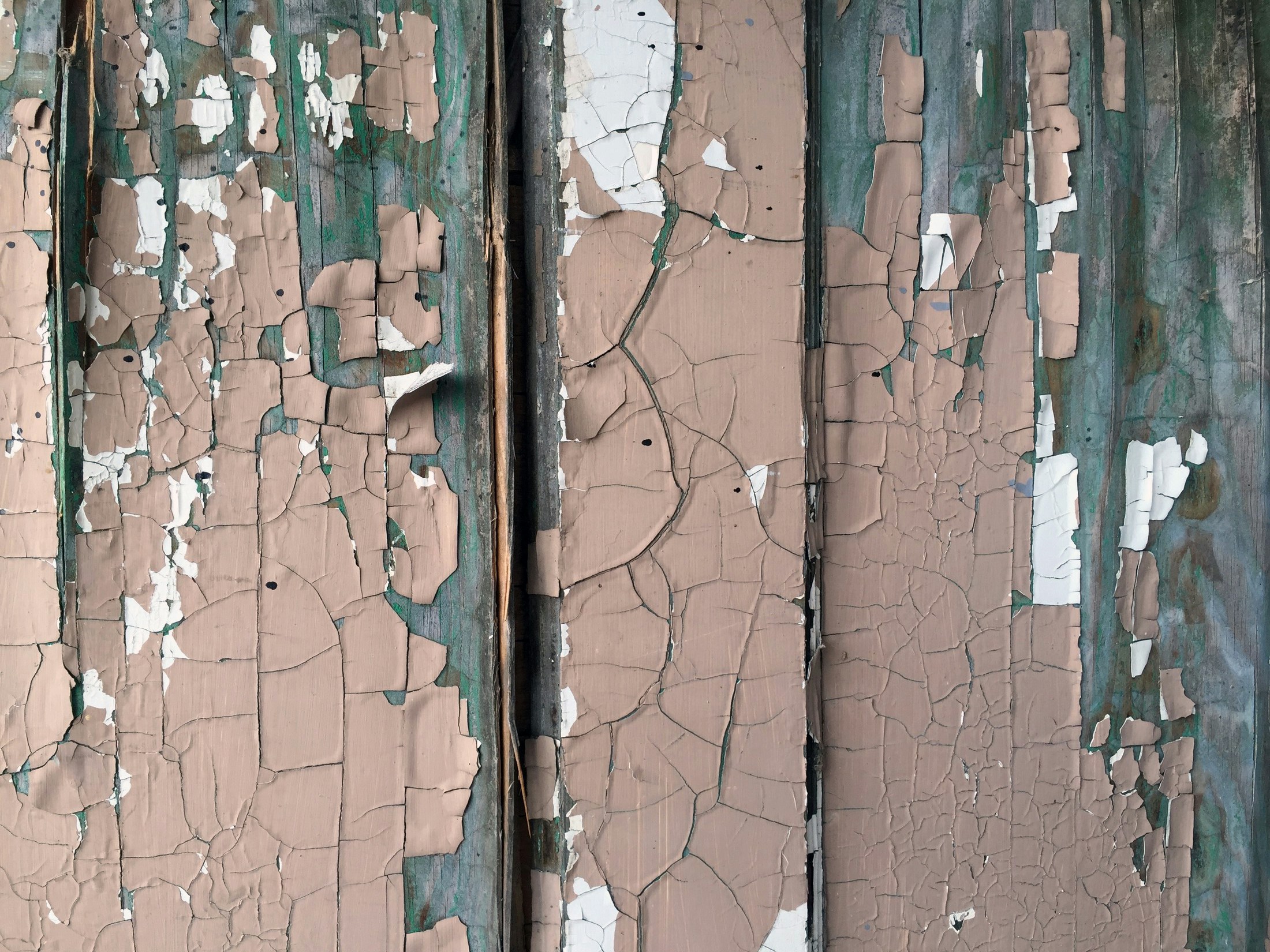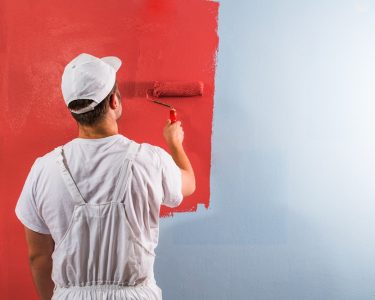Peeling paint in a home is more than just an aesthetic inconvenience; it’s a glaring sign that something’s amiss with the house’s surfaces or the paint job itself. This common issue can stem from a variety of causes, ranging from the invasion of moisture to the incorrect application of paint. The result is not just a visual eyesore but potentially a precursor to more significant damage to your walls and ceilings. Understanding the root cause and effective remedies for peeling paint is crucial for maintaining the integrity and appearance of your home. This is where the expertise of professional residential painters becomes invaluable, offering solutions that go beyond superficial fixes to address the heart of the problem.
Navigating the process of rectifying peeling paint can be daunting for homeowners. Whether it’s a cherished family home or a newly acquired property, the desire to restore beauty and protection to your walls is often met with a maze of advice and methodologies. The role of professional painters in this scenario is not just about applying a new coat of paint but ensuring the longevity and durability of the paint job. They bring a wealth of knowledge on preparing surfaces, choosing the right materials, and applying paint in a manner that prevents future peeling, making their input indispensable for achieving lasting results.
Identifying the Cause of Peeling Paint
Before diving into repairs, it’s crucial to understand why paint peels. According to professional painters, several factors can contribute to this issue, including moisture, poor adhesion, and the use of low-quality paint. Moisture is a leading cause, seeping into the walls and causing the paint to lose its grip. Therefore, identifying and addressing any leaks or dampness is a priority.
Preparing the Surface
The first step in repairing peeling paint, as emphasized by experienced residential painters, is to thoroughly prepare the surface. This involves scraping off all the loose paint using a paint scraper or a putty knife. Professional painters often use a heat gun to soften the paint, making it easier to remove. However, they caution against overheating the paint to avoid releasing toxic fumes, especially with older lead-based paints.
After scraping, sand the area with medium-grit sandpaper to create a smooth surface. Dust and debris from sanding can hinder adhesion, so cleaning the surface with a damp cloth or a tack cloth is essential. Professional painters also recommend applying a primer specifically designed to improve paint adhesion on problematic surfaces.
Choosing the Right Paint and Tools
The choice of paint and tools significantly impacts the final look and durability of your paint job. Professional painters advise using high-quality acrylic latex paint for its excellent adhesion and flexibility. When selecting tools, residential painters often opt for synthetic bristle brushes for water-based paints and natural bristles for oil-based options. High-quality rollers can also ensure an even coat and a smoother finish.
The Painting Process
Applying the paint correctly is critical to preventing future peeling. Residential painters follow a meticulous process, starting with a primer coat to seal any repaired areas and provide a uniform surface for the paint. When applying the paint, they recommend starting from the top and working your way down, maintaining a wet edge to avoid lap marks. Multiple thin coats are preferable to a single thick coat, as they dry faster and adhere better.
Maintaining Your Painted Surfaces
Maintenance is key to extending the life of your paint job and preventing peeling. Professional painters suggest regular inspections of your home’s exterior and interior for signs of damage or moisture. Promptly addressing these issues can prevent paint from peeling. Additionally, using dehumidifiers in high-moisture areas like bathrooms and kitchens can help maintain optimal humidity levels, protecting the paint.
When to Hire Professional Painters
While many homeowners are tempted to tackle peeling paint as a DIY project, certain situations warrant hiring professional painters. Complex projects, such as those involving high ceilings or the need for specialized equipment, can benefit from the expertise and efficiency of residential painters. Furthermore, professionals can assess and address underlying issues like moisture damage, ensuring a lasting solution.
Conclusion: Ensuring the Longevity of Your Paint Job
Addressing peeling paint effectively requires a blend of art and science, combining aesthetic decisions with technical solutions. The journey from identifying the cause to applying the final coat of paint involves a series of steps, each critical to the success of the project. Homeowners and residential painters alike must approach this task with precision, ensuring that every phase, from surface preparation to the application of the topcoat, is executed flawlessly. It’s this meticulous attention to detail that transforms a peeling wall into a lasting testament to beauty and durability.
Moreover, the resolution of peeling paint extends beyond the immediate task at hand, offering an opportunity to enhance the overall well-being of the home. Regular maintenance, vigilant inspection for moisture intrusion, and the choice of high-quality painting materials are practices that contribute to the longevity of your paint job. These actions not only preserve the aesthetic appeal of your home but also safeguard it against future issues, reinforcing the value of investing time and resources into doing the job right. Whether you choose to take on the challenge yourself or enlist the expertise of professional painters, understanding the importance of each step in the process is key to achieving a durable, visually appealing finish.
In the end, repairing peeling paint is not just about rectifying a current problem; it’s about investing in the future of your home. With the right approach, materials, and care, your walls can stand as a vibrant backdrop to your life, free from the blemishes of peeling paint. The collaboration between homeowners and professional residential painters, armed with the right knowledge and tools, can ensure that your living spaces remain beautiful, protected, and vibrant for years to come. This journey from flawed to flawless is not just a testament to your home’s resilience but a reflection of your commitment to its care and maintenance.



